- Home
- Blog
- Data Architect
- Software Architect Interview Questions

Software Architects are involved in all stages of the software development lifecycle to ensure that the final product will connect faultlessly with well-developed platforms.
During the interview process, it is smart to test the potential employees' abilities by asking software architect interview questions. So to crack the interview, we have listed the important questions in three different sections.
Top 10 Frequently Asked Software Architect Interview Questions
- How to implement solutions to programming errors?
- How do you track down task owners who modify software?
- What is the BASE property of a system?
- Define the CAP theorem.
- What are Heuristic Exceptions?
- What is Load Balancing?
- What is a software architect?
- Define Microservice Architecture
- What are the three different kinds of software architecture?
- Which language is best for software architects?
Software Architect Interview Questions for Fresher
1) How would you implement a framework using Java programming?
There are many ways to implement a framework using java programming.
- One way would be to create a java class that contains all the necessary methods and fields for the framework.
- Another way would be to use java reflection to load the framework components at runtime dynamically.
2) How to Implement solutions to programming errors?
There are many ways to implement solutions to programming errors. The most common method is using a debugging tool to find the error and fix it. Another way is to read the code carefully and look for any mistakes.
| If you want to enrich your career and become a professional in Software Architect, then visit Mindmajix - a global online training platform: " Full Stack Training " This course will help you to achieve excellence in this domain. |
3) How do you identify and reduce errors in your work?
To reduce errors in your work, you can proofread it before submitting it. Another way is to use spell check and grammar check tools. Finally, you can also improve your writing skills by reading and writing more often.
4) How do you choose a database to store information and how do you define it?
It's important to think about what kind of information the databases hold. It will help figure out how the database should be set up and what kinds of data need to be stored. It is important to think about the cost and resources needed to set up and run the database. It will help make sure that the database is both cheap and able to grow.
5) How do you track down task owners who modify software?
There are a few ways to identify task owners who make changes within a software program. One way is to look at the change logs for the program. It will show who made what changes and when they were made. Another way is to ask the people who work on the program directly.
6) Which software testing tools do you prefer?
There are a variety of tools available for testing software code. Junit or TestNG is powerful and easy to use for unit testing. For Functional Testing, Selenium allows us to automate the testing process and get complete results.
7) How do you use algorithms to find and recognize class-specific terms in linked lists?
A few algorithms can locate and identify class-specific terms in linked lists. One common approach is using a search algorithm, such as a breadth-first or a depth-first search, to traverse the list and locate the desired term. Another method is to use a sorting algorithm to sort the list in order of class specifically, then search through the sorted list for the selected term.
8) How would you use object-oriented design to improve the functionality and speed of an application?
Object-oriented design can improve the functionality and speed of an application in several ways. Breaking the application into smaller, more manageable objects can make the code more organized and easier to understand.
9) How would you approach organizing and delegating large objects?
The best way to Organize and Delegate large objects is to create a system where each object is assigned to a specific category. The category is used to track the object and its whereabouts.
10) How do you apply architectural principles to Software and framework design?
The best approach is to use well-known patterns and antipatterns to guide design decisions. Another approach is to use formal methods to verify that a design meets specific correctness criteria. Another possibility is to use domain-specific languages or notations to express architectural concepts more precisely and concisely.
| Related Article: Full Stack Developer Interview Questions |
Software Architect Interview Questions for Experienced
11) Explain cloud components?
The term "component" can apply to many items in the cloud, including the storage, back end, front end, network, services, data centers, virtual machines, etc.
12) Define the CAP theorem?
The CAP theorem states that distributed computing systems can only provide two of the following guarantees.
- Consistency: even with concurrent updates, all nodes still view the same data.
- Availability: Every request is met with a successful or failed answer; therefore, it can be relied on to always be available.
- Partition tolerance: If there is a break in communication between two nodes, the system will continue to function normally.
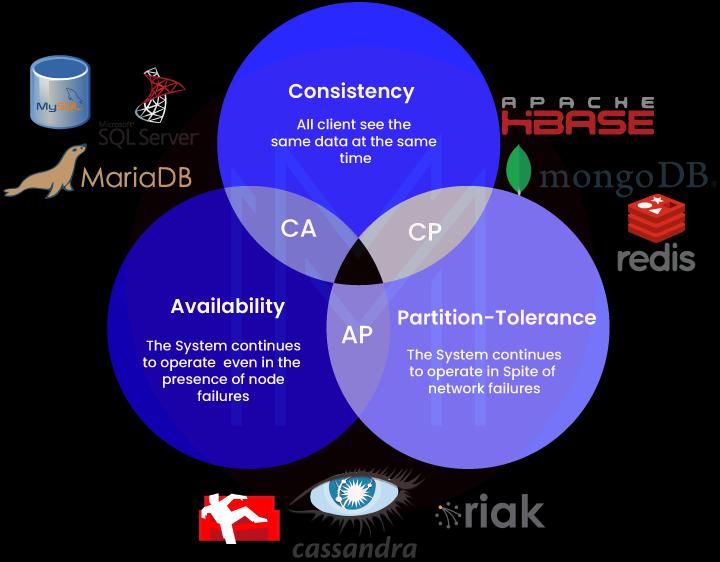
13) What do you mean by technical expertise?
Technical expertise refers to the knowledge and skills required to perform specific tasks and use specific tools and programs in real-world situations.
14) What is the BASE property of a system?
BASE properties are the common properties of recently evolved NoSQL databases. It is a contrived acronym mapped to the following property of a system in terms of the CAP theorem.
15) What are Heuristic Exceptions?
A Heuristic Exception is a decision made by a transaction participant to take action unilaterally without the agreement of the transaction manager, between the participant and the transaction manager, and there is a catastrophic failure.
16) What is Shared Nothing Architecture?
A distributed computing strategy known as a Shared Nothing Architecture is one in which every node in the system is autonomous and independent, and there is no requirement for a central point of contention anywhere within the network.
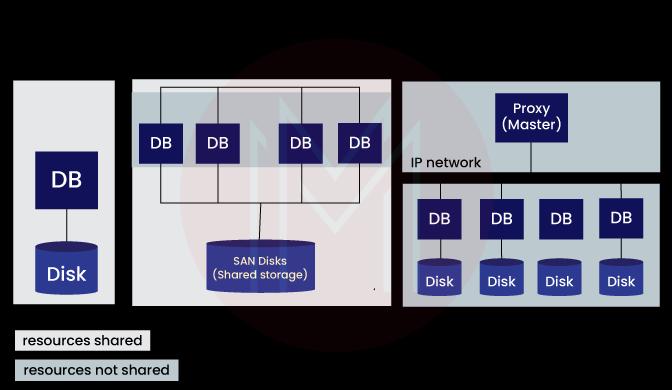
17) Why do you need clustering?
Clustering is required for the high availability of server software. Typical server software can run on a single computer and serve as long as there is no hardware failure or other failure. By forming a cluster of multiple machines, we can reduce the likelihood of our service becoming unavailable if one of the machines fails. The primary goal of clustering is to achieve 100% uptime or zero downtime in service.
Clustering only sometimes guarantees that a service will be 100% available because all of the machines in a cluster can fail at the same time. However, this is unlikely if you have many devices, each of which is located in a different location and is supported by its own resources.
18) What are the four types of System Tests?
There are four main stages of system tests. They are as follows-
- Unit testing
- Integration testing.
- System testing.
- Acceptance testing.
19) What is Load Balancing?
Load balancing is a simple way to spread work across multiple machines or groups of devices. In this type of load balancing, requests are split up and sent to different machines in a circle. This ensures that all machines get the same number of requests and that none are overloaded or underloaded. Round Robin is the most common and simple way to spread out the load.
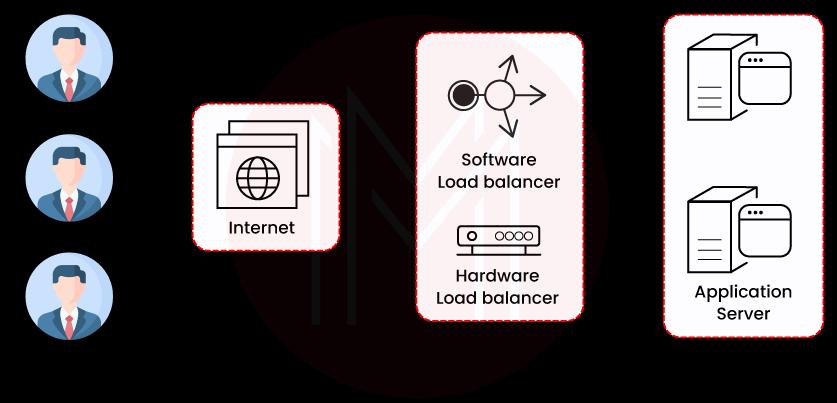
20) Why is the CAP theorem helpful?
The CAP theorem is used for Consistency, Availability, and Partition Tolerance. Only two of these three requirements may be guaranteed to be satisfied by any given system. This theory laid the groundwork for contemporary distributed computing methods. Companies with the most daily visitors (like Amazon) use this to guide their decisions on the design of their applications.
Advanced-level Software Architect Interview Questions
21) What is a software architect?
A software architect is a software development professional who makes high-level design choices and oversees the overall software structure. A software architect is responsible for creating a software system that meets all the technical and operational requirements while also being easy to maintain and extend.
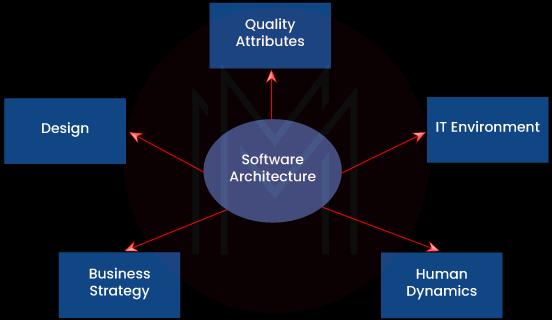
22) What are the responsibilities of a Software Architect?
A software architect is responsible for designing, developing, and deploying software applications. They work with teams of developers to create software that meets the needs of their clients or employers. Software architects must have a strong understanding of computer systems and software development practices. They must also be able to communicate effectively with clients and other stakeholders.
23) What are the key skills required for a Software Architect?
The skills required for a software architect are communication, problem-solving, and leadership. Communication is essential because the architect needs to be able to articulate their ideas and explain them to others. Problem-solving is necessary because architects often need to find solutions to complex problems. Leadership is required because architects often need to guide and motivate their teams.
24) What education is required to become a Software Architect?
The educational requirements can vary depending on the specific industry and company you want to work for. Most software architects generally have a bachelor's degree in computer science or a related field. Additionally, many software architects have a Master's Degree or higher and have professional experience working in the software development field before becoming an architect.
25) Define Microservice Architecture?
An architectural style known as microservices, sometimes known as microservice architecture, is a design that organizes an application as a collection of tiny, independent services that are modeled after a business domain.
| Related Article: Microservices Definition |
26) Why do we use WebSocket over HTTP?
A Web socket is an ongoing connection between the client and the server. It is called "Server Push" and is very valuable for applications.
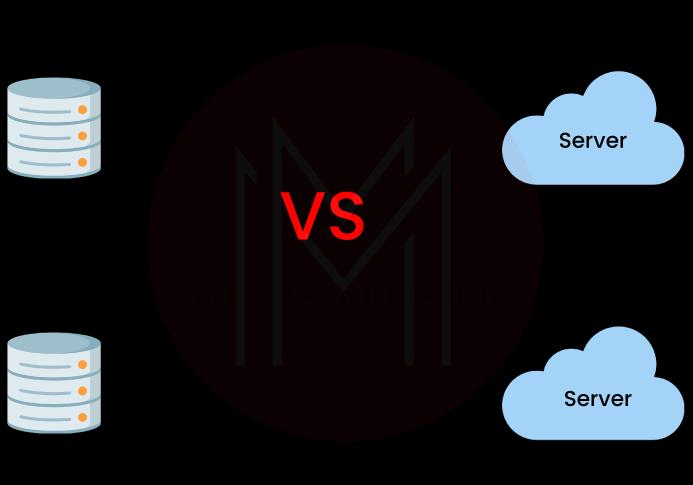
27) What do you mean by interaction with a lower latency?
The term "low latency" refers to how quickly a request is fulfilled once it is made. Since the WebSocket connection is already established, no additional packet round trips are needed to create the TCP connection, allowing faster data transfer rates (especially over sluggish lines).
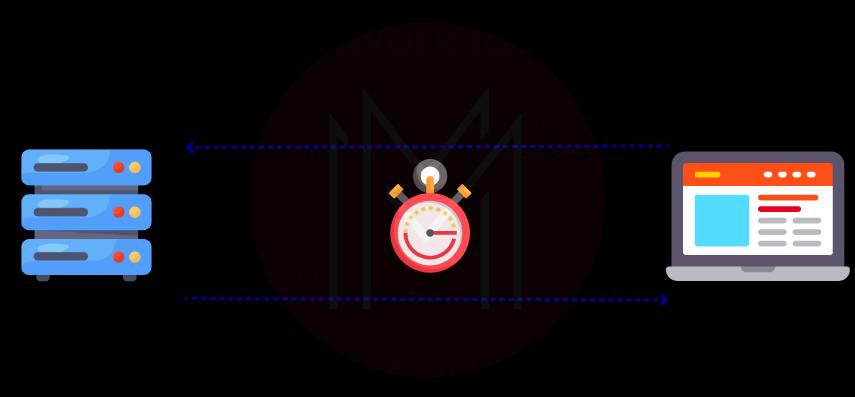
28) Defining what "coupling" implies in Software Architecture.
The term "coupling" describes the interdependence of different modules or parts.
A high degree of interdependence between the two modules indicates that they are firmly coupled. They are less reliant on one another if they are only loosely attached. The degree of dependence between two modules is reduced if they may be disconnected from one another.
29) What is domain-driven design?
Domain Driven Design (DDD) is a technique and process prescription for designing complex systems that focuses on mapping actions, processes, events, and data from a problem domain into solution domain technological artifacts.
30) What is meant by the KISS principle?
In software architecture, "Keep It Simple, Stupid" (KISS) means that a system will work best when its developer or architect keeps things simple. KISS says that architects shouldn't make designs that are too complicated.
According to the KISS principle, complexity should be avoided in favor of simplicity in design. It is because, in most cases, a system will function better if it is maintained rather than made more sophisticated.
31) What is Elasticity?
Elasticity is the ability of a system to dynamically adjust its throughput up or down in response to changes in demand as resources are proportionally added or subtracted. The system must be scalable to profit from the dynamic addition or removal of resources at runtime. Therefore, elasticity extends scalability by introducing the idea of automatic resource management.
32) How do you handle giving tasks to other people?
Finding the right balance between giving away all tasks and doing everything on your own is important. Taking charge of your own life is essential, but so is relying on your team.
Watch out for candidates who make it clear that it's important to keep an eye on the team and the tasks that have been given to them.
33) What is orchestration in Software or the cloud?
Orchestration can be defined as the automatic configuration, coordination, and management of computer applications, systems, and services.
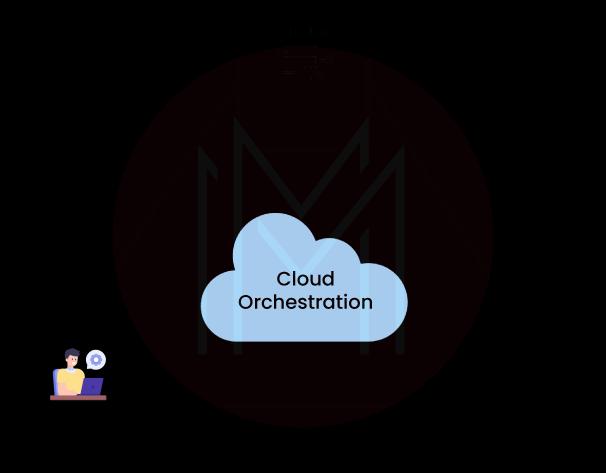
34) What does Eventually Consistent Mean?
Eventually, Consistent systems are used in scenarios where absolute consistency is not critical. It means that there may be intermediate states that are inconsistent between nodes.
Software Architect FAQs
1) What should someone who builds software know?
A software architect makes decisions about the overall design and sets technical standards. A software architect needs to know about many kinds of technology to make good decisions. This could mean tools, coding standards for software, or platforms to be used.
2) What are the three different kinds of Software Architecture?
The three different kinds of software architecture are
- Layered pattern
- Client-Server Design Pattern
- Event-Driven Design
3) What is a Software Architect's role?
A Software Architect is a professional responsible for software applications' high-level concepts and user interface designs. They will collaborate with other architects or Software Engineers to verify that the finished product meets the original design specifications.
4) Do Software Architects write code?
Developer expertise is essential for software architects. They provide bits of code (examples, proofs of concept, and prototypes) that serve as a starting point for developers. 5-10 years of programming experience are usually required for this role to write the code—abilities in computer programming.
5) Which language is best for Software Architects?
Knowledge of multiple popular programming languages like C, JavaScript, Java, Python, Ruby, etc.
6) Which software is mainly used by architects?
CAD programs are commonly used in the architecture sector. When it comes to precise drafting, design, and documentation, millions of people worldwide rely on AutoCAD, a popular 2D, and 3D CAD program.
Software Architect Interview Preparation Tips
1. Prepare Thoroughly
Start by making a plan for how you will handle the interview. Don't just go with the flow! Even though you have to be ready to change on the spot, you'll be less nervous and do better if you have a plan before you start. At the very least, you should have a job description that you can use to figure out what technical skills to talk about.
2. Make a Good First Impression
Smile! It's easy to connect with someone simply by flashing a kind smile; most people will reciprocate the gesture. Make sure your grin is genuine, though. A genuine smile will begin to fade gradually rather than abruptly.
3. Be polite to everyone
Yes, Absolutely! With every person! Always put on your best grind and be cordial to coworkers. After interviewing you, your prospective employer may inquire how you fared with current staff.
4. Be prepared for your interview.
Take your job search seriously by always being prepared with a resume, cover letter, and references. Your ability to stay on top of things will stand out to a prospective employer.
5. Ask for the Job!
Hiring managers often choose enthusiastic candidates. If you're still interested, say so after the interview. Say something like, "I really appreciate what I've heard today and would like to explore this opportunity further," or "I'm interested in joining a team like yours; what's the next step?"
Conclusion
Make sure you practice answering questions to be confident in your skills. With the help of this software architect interview questions, you will be able to answer interview questions with ease and confidence. To better prepare for the interview, sign up for a Fullstack Training course to improve your knowledge.
 On-Job Support Service
On-Job Support Service
Online Work Support for your on-job roles.

Our work-support plans provide precise options as per your project tasks. Whether you are a newbie or an experienced professional seeking assistance in completing project tasks, we are here with the following plans to meet your custom needs:
- Pay Per Hour
- Pay Per Week
- Monthly
| Name | Dates | |
|---|---|---|
| Full Stack Training | Jan 13 to Jan 28 | View Details |
| Full Stack Training | Jan 17 to Feb 01 | View Details |
| Full Stack Training | Jan 20 to Feb 04 | View Details |
| Full Stack Training | Jan 24 to Feb 08 | View Details |

Madhuri is a Senior Content Creator at MindMajix. She has written about a range of different topics on various technologies, which include, Splunk, Tensorflow, Selenium, and CEH. She spends most of her time researching on technology, and startups. Connect with her via LinkedIn and Twitter .















